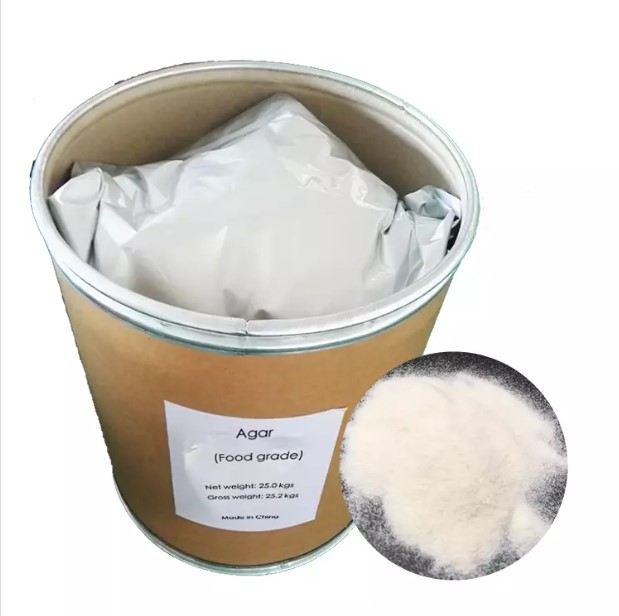Branched-chain amino acids, the three common amino acids in proteins, namely leucine, valine, and isoleucine, are collectively known as branched-chain amino acids (BCAAs), so they can also be called complex branched-chain amino acids. These amino acids promote anabolism (muscle growth) in two specific ways: (1) To promote insulin release. (2) To promote growth hormone release. The most important of the branched-chain amino acids are leucine, the precursor of acid (KIC), and HMB, which builds muscle, reduces fat and provides nutrients to the body. Whey protein has a high BCAA content and should be supplemented with 4-5 grams after training.
Read More> 



